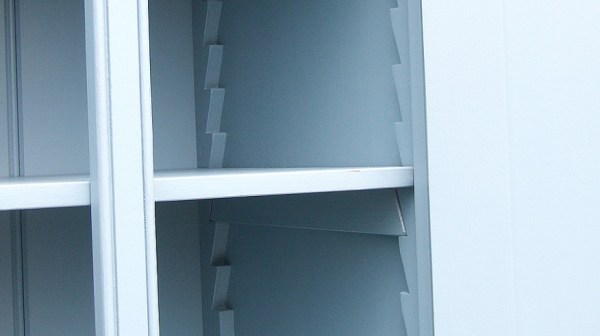In most modern homes, any adjustable shelves or cabinets have metal shelf pins set inside conveniently spaced holes. Before the accoutrements of modern life, like easily replicated metal parts, you may have found a sawtooth shelf doing the same job with just wood.
The system comprises three parts: a series of “sawteeth” running up and down the front and back edge of a cabinet, a cleat to sit between the teeth, and a shelf with notched corners that can then be set down on the cleats on either side.
While not as convenient as running a drill through a shelf pin jig, this method has a certain charm and sturdiness that isn’t present in more modern methods of making adjustable shelves. We can see this being particularly useful for restoration projects of homes from the 19th Century or earlier where you want some of those aforementioned accoutrements without things looking too anachronistic.
If you want some shelving that’s decidedly more 21st Century, check out this MP3 Player Shelf or this Smart Shelf with Serious Functionality.














